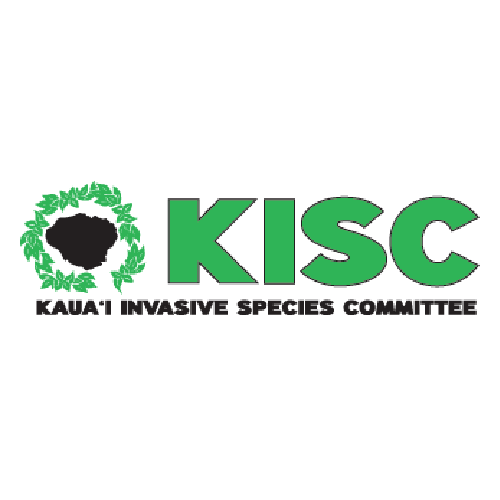Family: Amaranthaceae
Amaranthus blitoides, commonly known as prostrate pigweed or mat amaranth, is a fast-growing annual plant native to North America. It forms low, spreading mats that can quickly cover bare soil and disturbed areas, especially along roadsides, agricultural fields, and urban environments. This weed thrives in dry, sunny conditions and is highly adaptable, making it difficult to control once established. Its small green flowers produce abundant seeds, which are easily dispersed by water, animals, and machinery.
It was recently reported as present in the Hawaiian Islands, but its full distribution is currently unknown. While not currently a major agricultural pest in Hawaiʻi, Amaranthus blitoides has the potential to spread aggressively in disturbed or unmanaged sites. Its dense, ground-hugging growth may outcompete native vegetation, especially in arid or lowland environments. Early detection and manual removal are key to preventing its spread. Avoid planting or transporting soil or materials contaminated with its seeds to help protect Hawaiʻi’s natural and agricultural landscapes.
High Risk Traits:
- Broad climate suitability (grows in temperate to sub-tropical climates over a broad range of elevations and latitudes)
- Naturalized almost everywhere in temperate North America and in many subtropical to warm-temperate regions
- A disturbance adapted weed of several important agricultural crops
- Other species are invasive
- Potentially allelopathic
- Accumulates nitrogen and can cause nitrate poisoning in pigs and cattle
- A host of Tetanops myopaeformis Roder, one of the most important insect pests of sugarbeets in North America
- Shade tolerant (but does best in high light environments)
- Tolerates many soil types (not limited by substrate)
- Reproduces by seed
- Hybridizes with other species in the genus
- Self-compatible and capable of self-pollination
- Annual (reaches maturity in one growing season)
- Seeds dispersed by water, wind, birds, other animals after ingestion and excretion, as well as through farm machinery or as a produce contaminant
- Capable of prolific seed production
- Seeds may form a persistent seed bank (longevity unknown)
- Resistant to certain herbicides
- Tolerates cutting and cultivation
Low Risk Traits:
- Unarmed (no spines, thorns, or burrs)
- Palatable to animals (despite potential for nitrate poisoning)
- Not reported to spread vegetatively
- Herbicides may provide effective control




